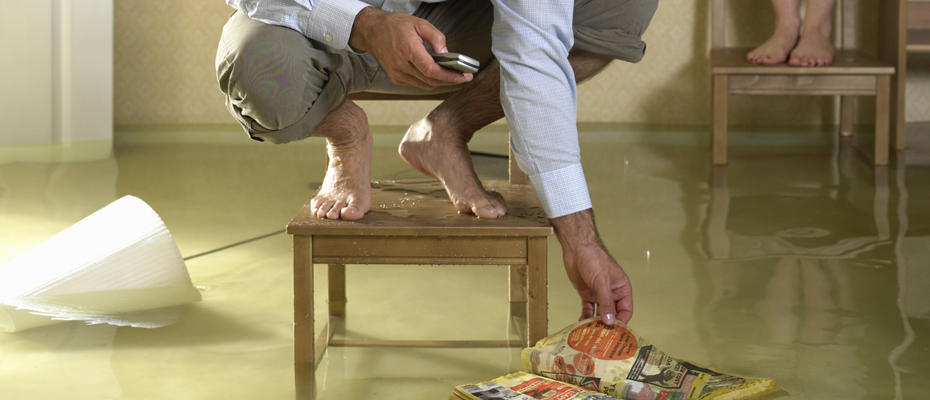|
Once flood waters begin to subside, many are left with devastation in its wake. For some, the destruction amounts to total loss. For others, salvaging what’s left of their material possessions can be a long and arduous process. Starting the process of piecing together your home after a flood can be painful, but knowing where to start can help you hit the ground running in the recovery process.
Insurance companies bank on the fact that you just want your life back to ‘normal’ as quickly as possible. Before you rush to get your settlement money, be sure to follow these tips on what you need to do after a flood.
Once the threat is over and the damage is done, then it’s time to start piecing together everything to get a better understanding of the total loss of your property. Remember that even areas that were just quickly touched by flood waters can become moldy over time, so you’ll need to have your home inspected by a repairman to assess the true damage so that you can file for the appropriate amount for your claim.
0 Comments
Leave a Reply. |
DisclaimerBy using our Website, you agree to the Terms of Use. Archives
January 2016
|


 RSS Feed
RSS Feed
